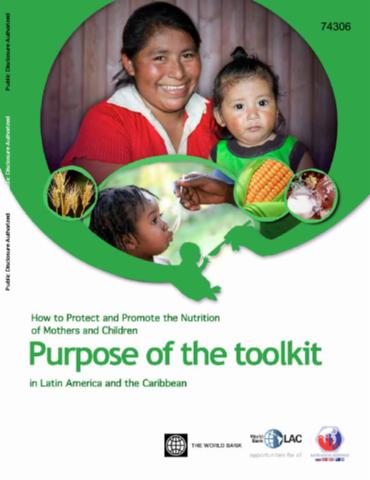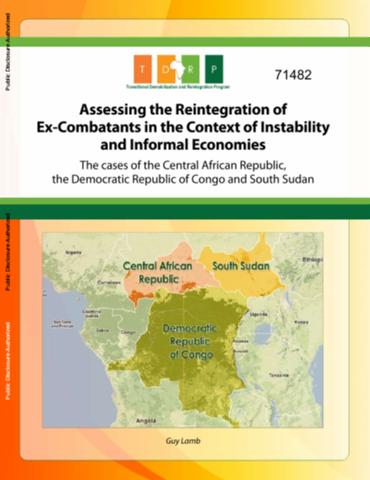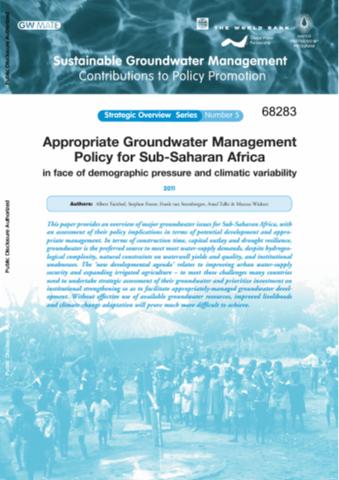Improving irrigation water operation in the lower reaches of the Amu Darya River – current status and suggestions
Irrigated agriculture is widespread in the Central Asian drylands and important for food security of the region. However irrigation practices based on rules made for cotton production on large units do not provide adequate guidance for the now widespread small farms that produce cotton wheat and rice. Excessive unsustainable water use is the consequence.








